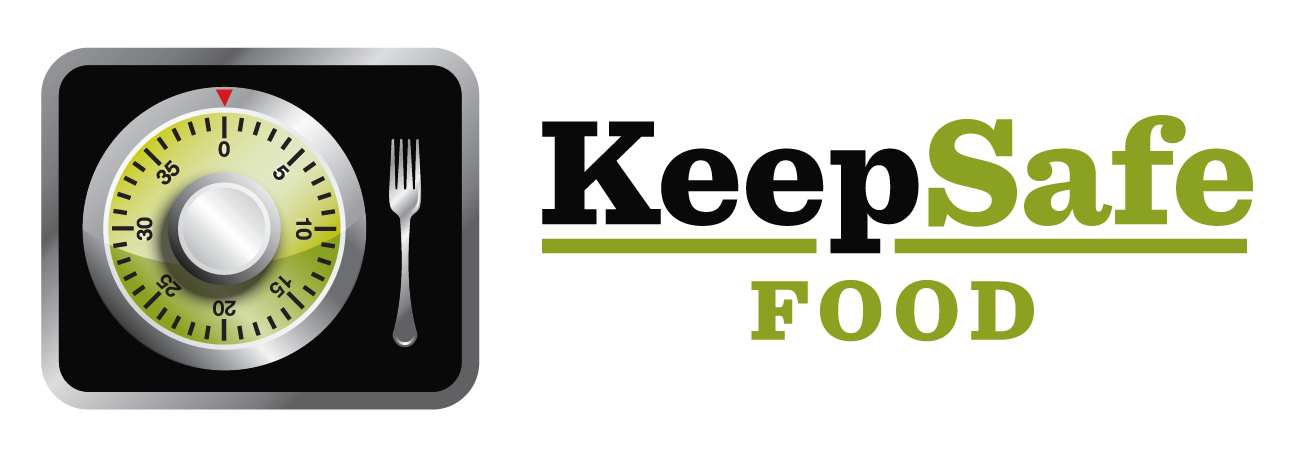When in Doubt: Microgreens or Sprouts?
Unsplash.com
Have you ever been told to “eat the rainbow”? Well how about a “little green” for the March St. Pat’s holiday!
I love eating local, fresh, and nutritious foods…who doesn’t? Since becoming plant-based nearly a decade ago, I’m always looking for new foods like this to add to my meals.
Cue microgreens! Or as some may say, the gold at the end of the rainbow.
Ciera & Her Microgreens from Bexley Natural Market
Microgreens have become popular in the food world, and for good reason! These mini plants are packed with up to 40 times the micronutrients found in mature plants, with plentiful amounts of vitamins A, C, K, calcium and iron to name just a few. They also have heart disease and cancer-fighting compounds called antioxidants. Since they are so small and versatile, microgreens can be added to anything: sandwiches, salads, pizzas…check out my microgreen tostada below for inspiration! You can buy microgreens at many health foods stores and farmer’s markets. I’ve recently tried a couple varieties by Vigeo Gardens that I found at Bexley Natural Market. If you have a green thumb, give growing your own a whirl with this step-by-step guide!
My homemade black bean & microgreen tostada!
First question: Microgreens and sprouts…those are like the same thing, right? Not quite! There are 3 important differences when it comes to your health and food safety.
How they are grown
What parts we eat
Their safety risk
Unsplash.com
Two Ways to Grow: Humid & Wet or Light & Airy?
The Journal of Food Science tells us that the way sprouts are grown makes them more likely to harbor harmful germs and that these germs can grow rapidly when they contaminate their growing environment.
Sprout seeds are soaked in water then placed in a vessel such as a jar or bin, and are grown in a dimly lit, humid, and warm space. They’re often irrigated with recirculating water, which is collected and continuously returned to the plants. All these factors together create a nice cozy home for unwanted germy guests!
Microgreen seeds are planted in soil and are given access to light and moving air, which creates a less humid environment. The water is often not recirculated. When harvested, the stems are cut off above the root. Why does this matter? I’m glad you asked! The root is a root cause of the problem.
To Eat the Root or Not?
When microgreens are harvested, the stem is clipped above the roots and seed. We eat only the leaf and stem. With sprouts, we eat the entire plant all the way down to the roots.
It turns out that more than one sprout-related FoodBorne Illness (FBI) outbreak was due to germs found in the seeds. The most recent outbreak occurred this past December, where illnesses arose in three states, along with a few hospitalizations. Seeds are now required to undergo decontamination practices, yet food recalls and FBIs persist.
Temperature Matters - KeepSafe Food!
In the food safety world, there are certain high-risk foods that are more likely to become unsafe if left out too long at unsuitable temperatures. These foods are time and temperature sensitive. If left at room temperature for more than 4 hours, our unwanted germ guests will want to pay a visit! The FDA tells us that cut leafy greens and sprouts are high-risk foods, but here’s the good news…microgreens are not. Keep these safety measures in mind when purchasing, preparing, and consuming sprouts!
Unsplash.com
Remember this: Raw sprouts are recognized as a high-risk food. Cooking them may make them safer, but this does reduce many of their healthful nutrients. While microgreens are a safer option, it’s always a good idea to wash any produce before taking a bite!
If you love eating green, healthily and safely, check out KeepSafe Food’s shop and blog for products and tips that promote contaminant-free eating!
Ciera Floyd Guest Blogger and OSU Dietetic Intern







